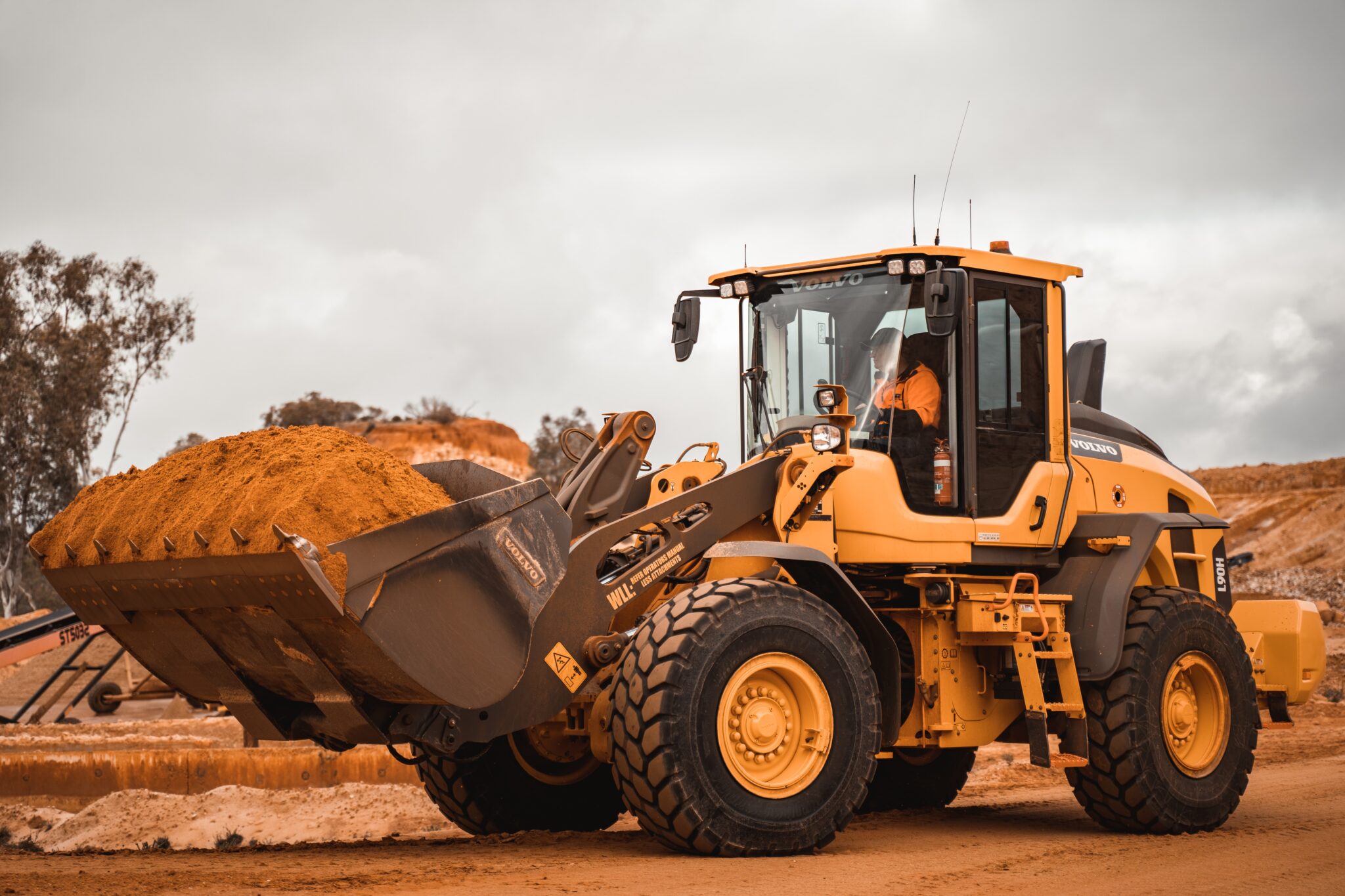
WITHDRAWAL
Every game of the land is controlled by verifying the respect of the maximum concentration for all the expected parameters from the authorization. The land withdrawn must not be contaminated by inorganic substances which are not biodegradable, or metals and inorganic materials (asbestos, fluorides and cyanides).
Pre-treatment of waste you send to the next stage of bioremediation:
The materials for the subsequent treatment in biopila are subjected to a sifting process in order to obtain two matrices:
- "Unders" the end to which are added nutrients and any structuring (e.g. perlite) to send to the subsequent treatment of
bioremediation; - Underscreen (materials with a diameter of more than 4 – 5 cm) to send to the next stage of crushing or
treatment/disposal at a third plants.
During the entire treatment is guaranteed separation between hazardous and non-hazardous.
TREATMENT of MICROBIOLOGY ON BIOPILE (D8/R5):
- Elimination of aggregates, coarse, and of foreign materials (concrete, brick, plastic, metals, wood).
- Nutrients and inert porous additives on the "unders" the end. The nutrients are essential to creating a relationship of nitrogen, phosphorus, carbon, balanced to the needs of the bacteria, the inert porous (perlite) has the task of increasing the permeability of the soil to the air.
- The land is situated in the biopile and subjected to ventilation and humidification controlled, to ensure that the percentage of oxygen and water, which are indispensable to the process.
- The duration of the process is variable, depending on the type and concentration of the pollutant, the porosity and the temperature of the soil.
- The process is controlled by an electronic unit that adjusts automatically the parameters in systems and reports any discrepancies.
- When the organic contaminants fell within the limits provided by the law, the land is considered to be decontaminated and reused according to the standard.
The SOILS ARE re-used AS a SUBJECT in SECONDARY (D. LGS 152/06 ART.181-BIS) AND RE-INTRODUCED IN THE FOLLOWING SECTORS:
- Mixtures are not related to used for the construction and maintenance of roads, airports and other areas subject to traffic (UNI EN13285 – UNI EN 13242 - UNI EN ISO14688).
- Lands for the construction and maintenance of roads (UNI 10006).
- Mixtures are not related to used for the building (UNI 11533-1).
The ECO-COMPATIBILITY RESPECTS:
- The intended use as foreseen by the tab. 1, encl 5, pt. IV of the D. Lgs.152/06.
- The parameters provided on the eluate as dictated by the annex 3 of the D. M. 05/02/1998 and s.m.the.
- The requirements relating to limit values of polluting substances. They are satisfied if you have verified the compliance of the eluate to the limits of the groundwater (Tab. 2, All. 5, Tit. V, Pt. IV, D. Lgs. 03/04/06, n. 152 s.m.the.).
The end goal:
Get an array earthy that you will comply with the UNI of the sector, as well as the intended use as foreseen by the Column
B, Tab. 1, All. 5, Tit. V, Pt. IV of the D. Lgs. 152/06, in order to use them for the following specific purposes (Art. 184 - ter, paragraph 1, letter a of the
D. Lgs 03/04/06, n. 152):
- Use for use in shipbuilding.
- Use in civil engineering works.
- Use in the maintenance and construction of highways, streets and squares.
- Use for the recovery of environmental, reinterri, fills, rimodellamenti and detected.
- Employment in the sustainable management of landfills.
